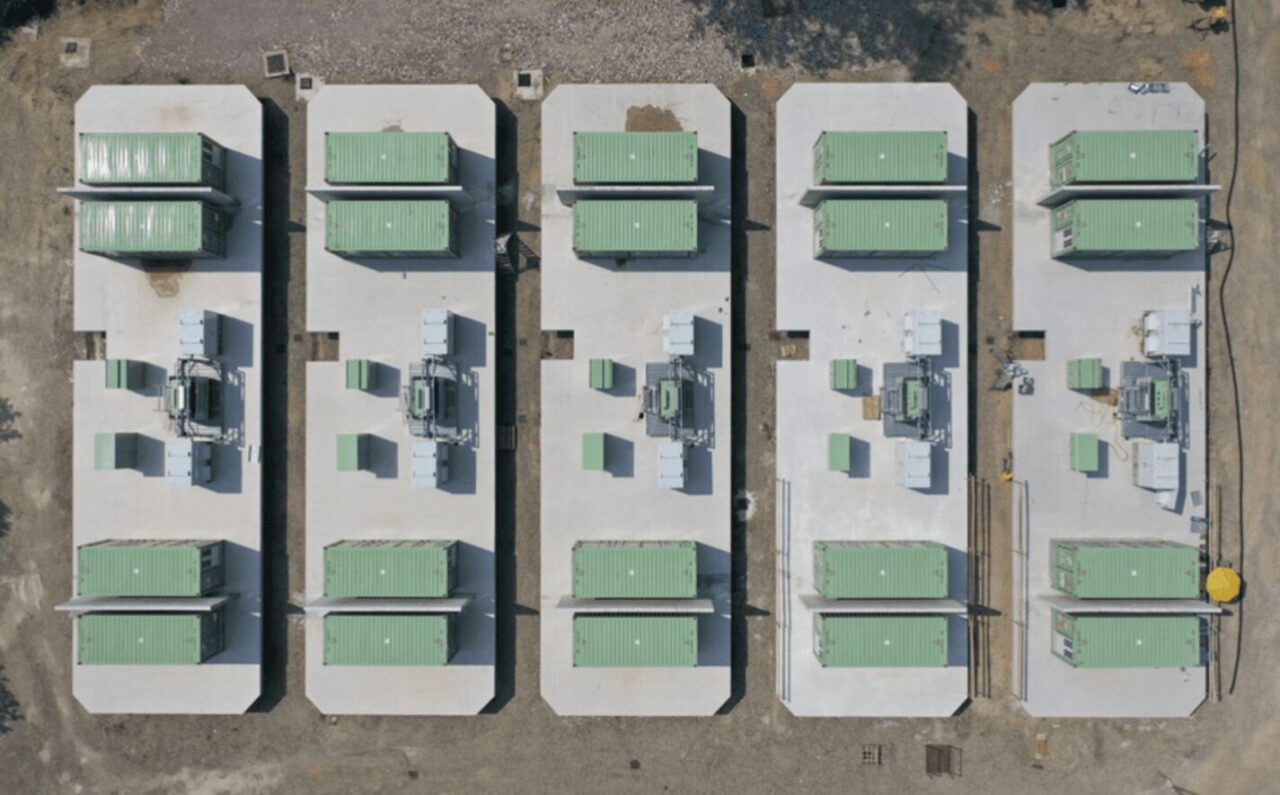Business
Potentia Energy Secures First Approval for BESS Under HRE Act

Potentia Energy has achieved a significant milestone by securing the first environmental approval for a grid-scale battery energy storage system (BESS) under South Australia’s new Hydrogen and Renewable Energy (HRE) Act. The joint venture, co-owned by Enel Green Power and INPEX, announced on August 28, 2025, that its AU$400 million (approximately US$261 million) project, the Emeroo BESS, located about 15 kilometers northeast of Port Augusta, has received official approval for its Statement of Environmental Objectives (SEO).
Details of the Emeroo BESS Project
The Emeroo BESS project is designed to deliver up to 225 megawatts (MW) of power and 900 megawatt-hours (MWh) of energy storage, capable of providing up to four hours of energy. Potentia Energy plans to co-locate the facility with existing infrastructure, integrating advanced technology to optimize performance. The facility will feature a modular design comprising shipping container-based battery units, each housing lithium-ion battery modules, thermal management systems, and sophisticated fire suppression technology.
To facilitate efficient electricity management, the facility will incorporate power conversion systems, including inverters and transformers. This setup will connect to the grid and the National Electricity Market (NEM) via ElectraNet’s Emeroo Substation. Potentia Energy submitted its License Application for the project to the South Australian government in early 2025, marking it as one of the first initiatives to navigate the new regulatory framework established by the HRE Act.
With the SEO approval secured, construction is targeted to commence in late 2026, with commercial operations expected to begin in early 2028.
Implications of the HRE Act
The HRE Act, effective from July 11, 2024, represents a transformative approach to regulating large-scale renewable energy projects in South Australia. This legislation focuses specifically on grid-scale renewable energy and battery storage developments, streamlining approval processes while ensuring environmental protections remain intact. Under this new framework, all grid-scale renewable energy projects are now assessed under the HRE Act, replacing previous planning legislation.
Existing developments were required to secure a license by July 11, 2025, as part of the transition to this updated regulatory environment. This evolution aligns with findings from the Australian Energy Regulator (AER), which emphasizes the importance of managing daily and seasonal variations in NEM output.
South Australian energy and mining minister Tom Koutsantonis welcomed the approval, highlighting the state’s role in leading renewable energy initiatives. “South Australia has been a leader in renewable energy, particularly through our pioneering foray into grid-scale battery storage,” Koutsantonis stated. He emphasized that the legislation is designed to enhance South Australia’s attractiveness as a destination for renewable energy investments, ensuring a coordinated approach to energy infrastructure development.
Future Prospects for Battery Storage in South Australia
South Australia has established itself as a leader in grid-scale battery storage, largely due to the success of projects like the Hornsdale Power Reserve. Originally commissioned in 2017 at 100 MW/129 MWh, this facility was expanded in 2020 to 150 MW/193.5 MWh. As demand for renewable energy continues to grow, several large-scale BESS projects are anticipated to come online in the near future.
For instance, Copenhagen Infrastructure Partners is developing the Summerfield Battery, a 240 MW/960 MWh system utilizing Canadian Solar’s SolBank 3.0 battery technology. Additionally, Pacific Green’s Limestone Coast North Energy Park is set to contribute 250 MW/500 MWh of storage capacity when it becomes operational in early 2027.
As South Australia pushes forward with its commitment to renewable energy, the Emeroo BESS project stands as a vital step in enhancing the state’s energy infrastructure, paving the way for a more sustainable future.
-

 World3 days ago
World3 days agoCoronation Street’s Shocking Murder Twist Reveals Family Secrets
-

 Entertainment4 months ago
Entertainment4 months agoKate Garraway Sells £2 Million Home Amid Financial Struggles
-

 Entertainment3 months ago
Entertainment3 months agoAnn Ming Reflects on ITV’s ‘I Fought the Law’ Drama
-

 Health3 months ago
Health3 months agoKatie Price Faces New Health Concerns After Cancer Symptoms Resurface
-

 Entertainment3 weeks ago
Entertainment3 weeks agoCoronation Street Fans React as Todd Faces Heartbreaking Choice
-

 World4 weeks ago
World4 weeks agoBailey Announces Heartbreaking Split from Rebecca After Reunion
-

 Entertainment6 days ago
Entertainment6 days agoTwo Stars Evicted from I’m A Celebrity Just Days Before Finale
-

 World6 days ago
World6 days agoKevin Sinfield Exceeds Fundraising Goal Ahead of Final Marathons
-

 Entertainment3 months ago
Entertainment3 months agoCoronation Street’s Carl Webster Faces Trouble with New Affairs
-

 Entertainment3 months ago
Entertainment3 months agoWhere is Tinder Swindler Simon Leviev? Latest Updates Revealed
-

 Entertainment4 months ago
Entertainment4 months agoMarkiplier Addresses AI Controversy During Livestream Response
-

 Science2 months ago
Science2 months agoBrian Cox Addresses Claims of Alien Probe in 3I/ATLAS Discovery











